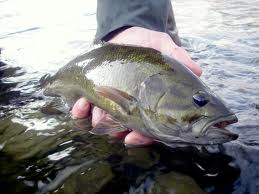What is a non-native species and when do they become a problem?
What are the biological, social and economic impacts of invasive species?
What are the steps in combatting invasive species including prevention, early detection, diagnosis, treatment options, and rehabilitation?
Where do non-native invasive species come from? Non-native fish species in the U.S.
Conflicts between native fish and non-native sportfish.
How can non-native fish species be eradicated, suppressed, controlled, or managed? Types of Physical, Mechanical and Chemical control for non-native fish
- Electrofishing
- Barriers (both electrical and manmade structures)
- Piscicide (rotenone and antimycin)
- Nets (e.g. gill nets, fyke nets)
- Dewatering
- Explosives
Laws and regulations regarding non-native species.
- Federal and state laws and regulations
- Fisheries Management plans
Non-native fish suppression/eradication projects in the U.S.
- Silver carp
- Bighead carp
- Snakehead
Non-native fish suppression/eradication projects in the Western United States, Alaska and Columbia Basin.
- Northern pike
- Brook trout
- Lake trout
- Rainbow trout








